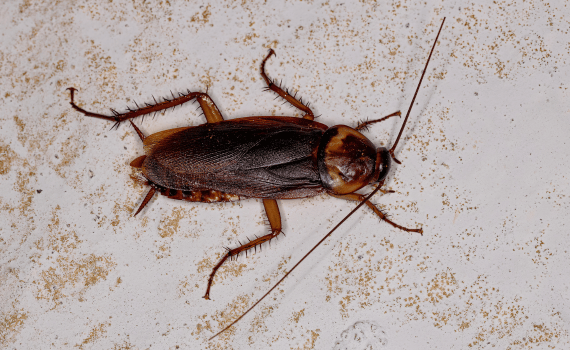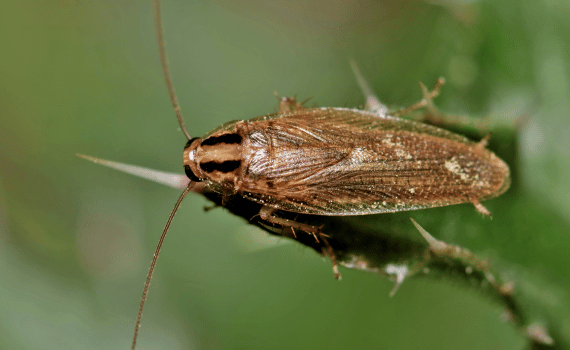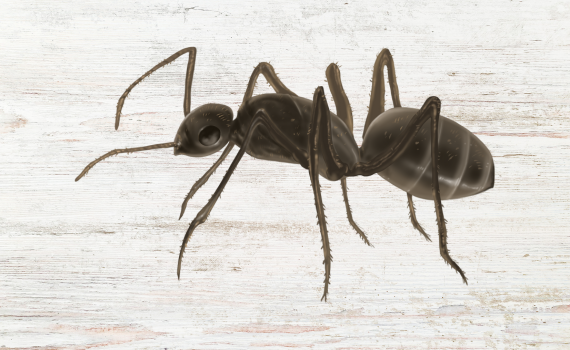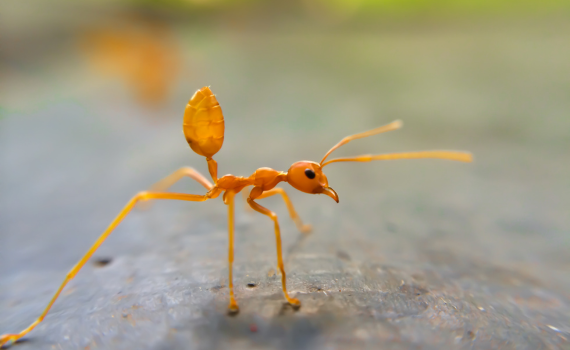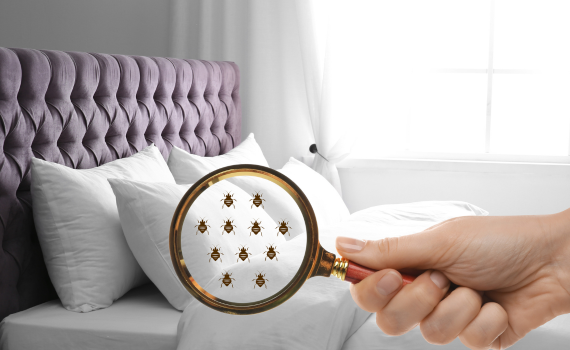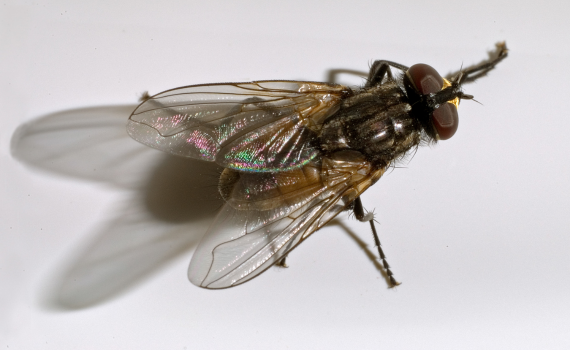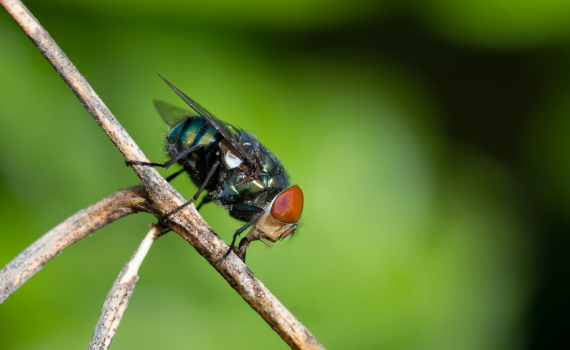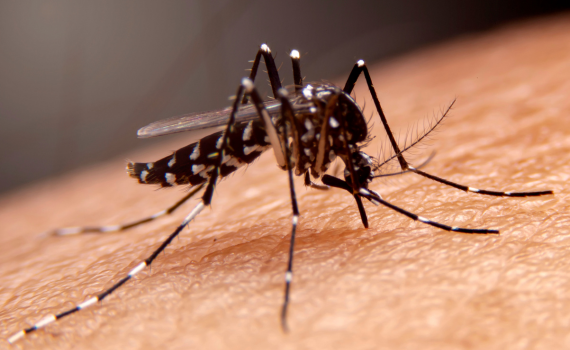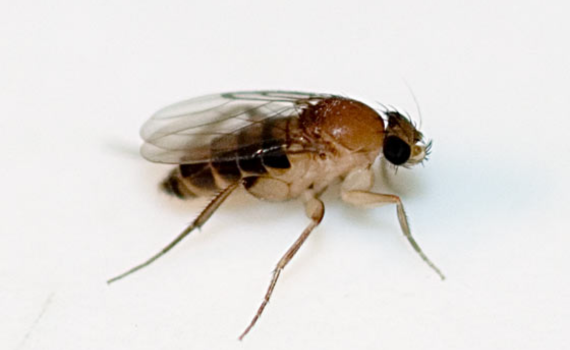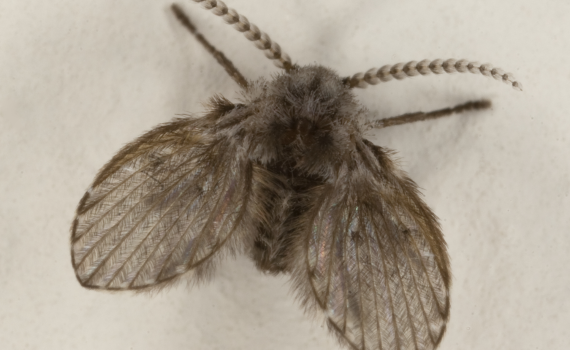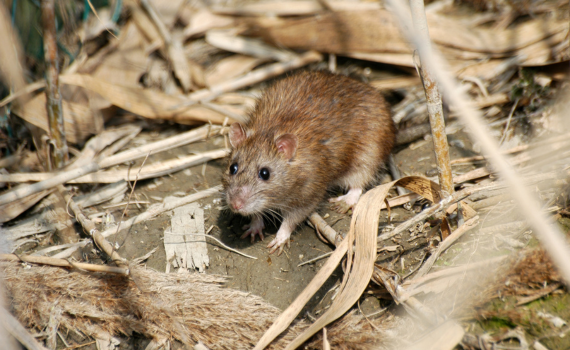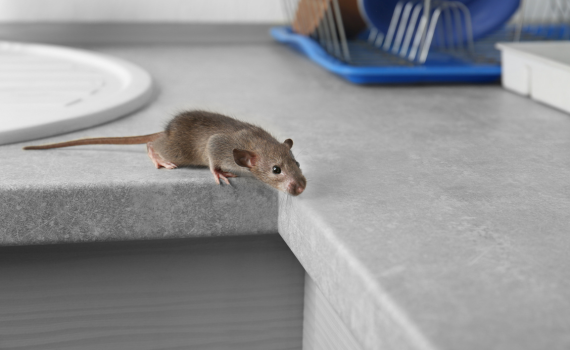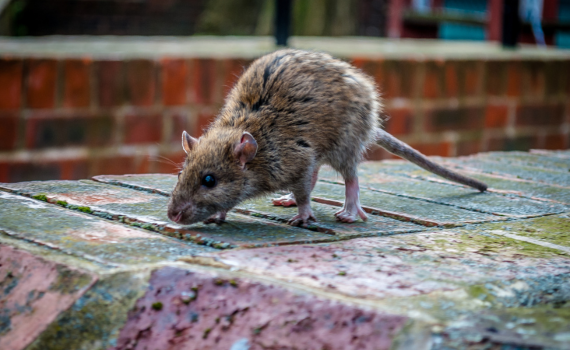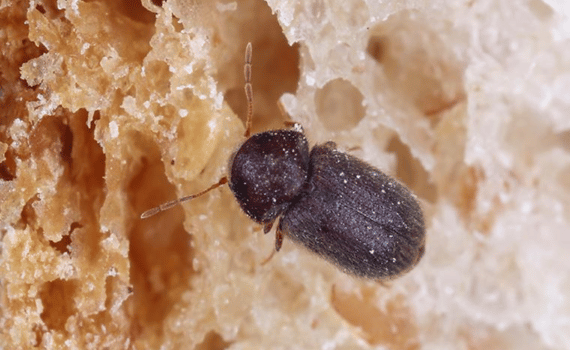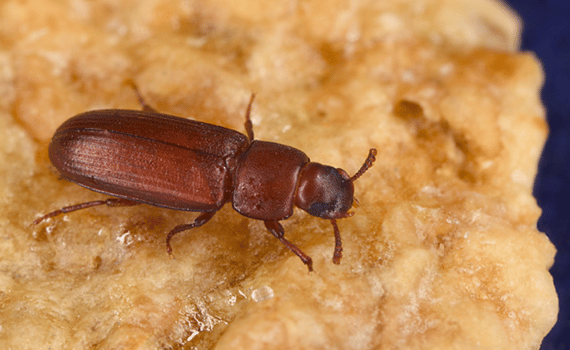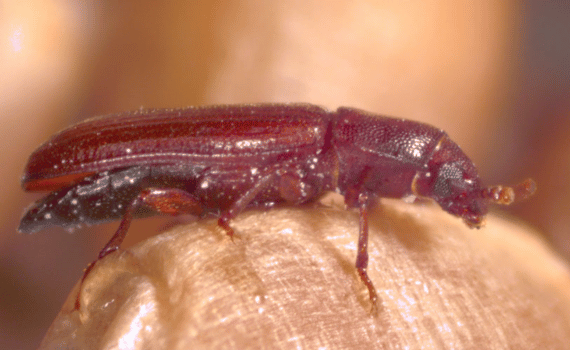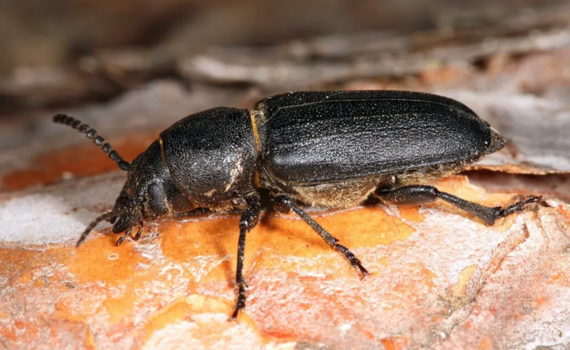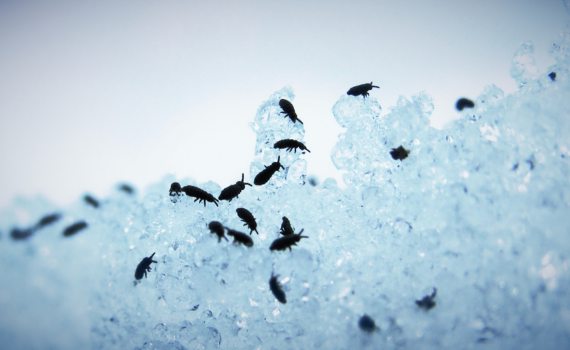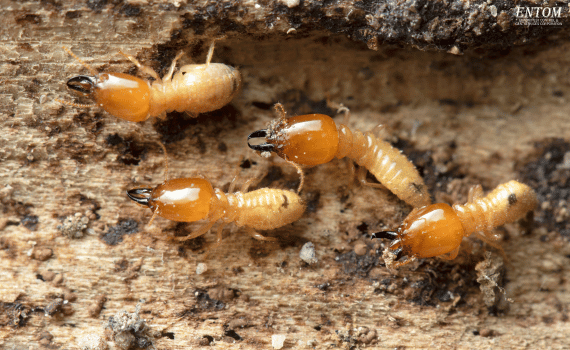
Subterreanean Termites
Subterreanean Termites
The most destructive termite species is the subterranean variety. They are usually found in damp areas. To get to food sources and shield themselves from the elements, these termites construct unusual tunnels that are frequently referred to as “mud tubes.” They consume wood continuously for seven days a week, biting off little pieces of wood at a time with their saw-toothed teeth. Subterranean termites have the ability to seriously harm a building’s structure over time, even causing it to collapse completely.
Subterranean termites have a complete caste system. Larvae or immatures, workers, soldiers, nymphs, winged (alate) primary reproductives, wingless (dealate) primary reproductives, and supplemental reproductives are the seven castes found in subterranean termite colonies. All the castes are fed by workers. Soldiers use their massive, sclerotized heads and mandibles to protect the colony from intruders, particularly ants.

Drywood Termites
Drywood Termites
One type of termite noted for prospering in the hard, dry wood found inside homes is the drywood termite. They enter through cracks, crevices, and services of timber and are not easily detected at the early stage of attack. This covers picture frames, banisters, furniture, and structural timbers. Instead of establishing colonies beneath the ground, they scuttle into the wood, where they may draw the moisture they require from the wood. Drywood termites need little moisture and can survive on moisture obtained from the wood they attack. No real worker castes, as the work is done by nymphs.
